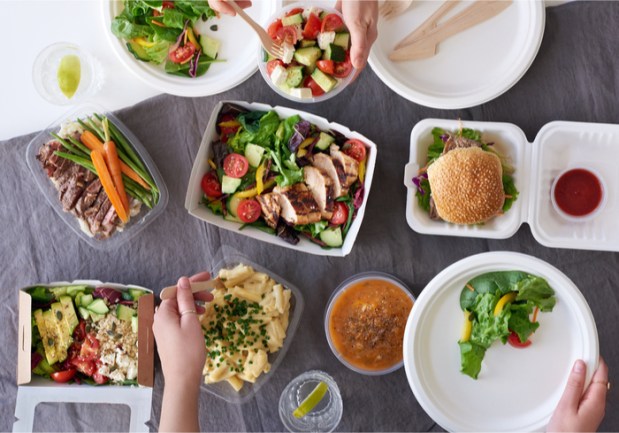How Food Delivery Platforms Can Move Beyond Big City Takeout

Before Chris Meaux started Waitr, he was living in a quiet area of the Dallas Metroplex called Southlake in the early 2010s. But he realized that there was something lacking in small markets like his at the time — big food delivery players such as Grubhub.
Then he moved to another smaller market — Lake Charles, Louisiana — and realized there was a potential for food delivery outside big cities. In all, he identified 422 cities as potential markets.
They all had something in common: Each is a small to mid-sized market with a population between 75,000 and 750,000. And when he finally launched Waitr, that was its sweet spot.
“For us [it’s] been an amazing thing,” Waitr Founder and CEO Chris Meaux said in an interview with PYMNTS. “Restaurants into those types of markets … don’t have the resources to find new ways to increase their business.”
Launched in 2015, Waitr is an on-demand restaurant platform similar to Grubhub and Seamless in that it connects local restaurants to consumers hungry for food delivery. But unlike those services, Waitr launched with a focus on smaller markets — along with the goal of increasing the visibility of its partners, which are often small restaurants.
The Perfect Market
Waitr’s partners include a po’ boy restaurant — a small eatery on an off-the-beaten-path location. The restaurant didn’t have much visibility from the road and had been in business for two years. For those two years, the restaurant saw the same customers time and again, but Waitr helped dramatically increase the restaurant’s customer base and sales.
Waitr can also help restaurateurs develop businesses that may not be well-established. One partner was a food truck that had a strong core business, but the company wasn’t growing all that fast. Once the partner listed on Waitr, the truck was able to gain visibility — in other words, future customers learned that it existed. As a result, the owners were able to grow into a physical restaurant location.
There are also pizzerias that may see the same core business over and over again, which could benefit from exposure to delivery customers on Waitr.
“The landscape’s littered with those kinds of opportunities that have been created in smaller markets by us going in and facilitating the order and delivery … for those restaurants and putting them on our platform,” Meaux said.
An Experiment with Grocery Delivery
Waitr had been focused on food delivery, but it saw an interesting opportunity arise when grocers wanted to be included on its platform. So, it’s now testing out grocery delivery.
“It was demand-driven,” Meaux said. “It was the regional grocers … saying, ‘Hey, we got customers calling us wanting to be on Waitr. Can we be on Waitr?’”
As a result, the company is testing the service in Lake Charles, Louisiana, with Market Basket, along with grocers in smaller markets such as Baton Rouge and Lafayette.
“We haven’t decided if it’s going to be something that we’re going to roll out more broadly yet, but the early signs are very promising,” Meaux said.
Meaux also said there’s another potential opportunity for Waitr beyond groceries: Some mom-and-pop restaurants still buy their ingredients from grocers such as Sam’s Club. So, down the line, Waitr is interested in seeing if they can help restaurants source them on Waitr just as consumers source their food on the platform.
Developing New Restaurant Concepts
Waitr also has a restaurant incubator that serves recent culinary graduates and possibly restaurants that would want to try a new concept. Both groups may not want to invest a lot in an idea that may or may not work out.
But through Waitr, restaurants can use the marketing resources of the food delivery platform to create a brand. That could be helpful, for example, in creating a menu. Waitr could use its data to help an upstart restaurant create a menu that’s likely to drum up sales. And, of course, the platform will help the upstarts build a name for themselves so they’re ready to branch out on their own.
“Once they’re successful, then we can help them facilitate the opening of either a new virtual kitchen … or a new full-service restaurant,” Meaux said.
The Road Ahead
In the near future, Waitr hopes to expand up the Eastern seaboard and into the Midwest, and eventually further west. But, right now, the company is focused on the Southeastern U.S. region — states such as Alabama, Arkansas, Florida and Georgia.
“We’re really focused on that 12-state region right now and will be for the remainder of this year,” Meaux said.